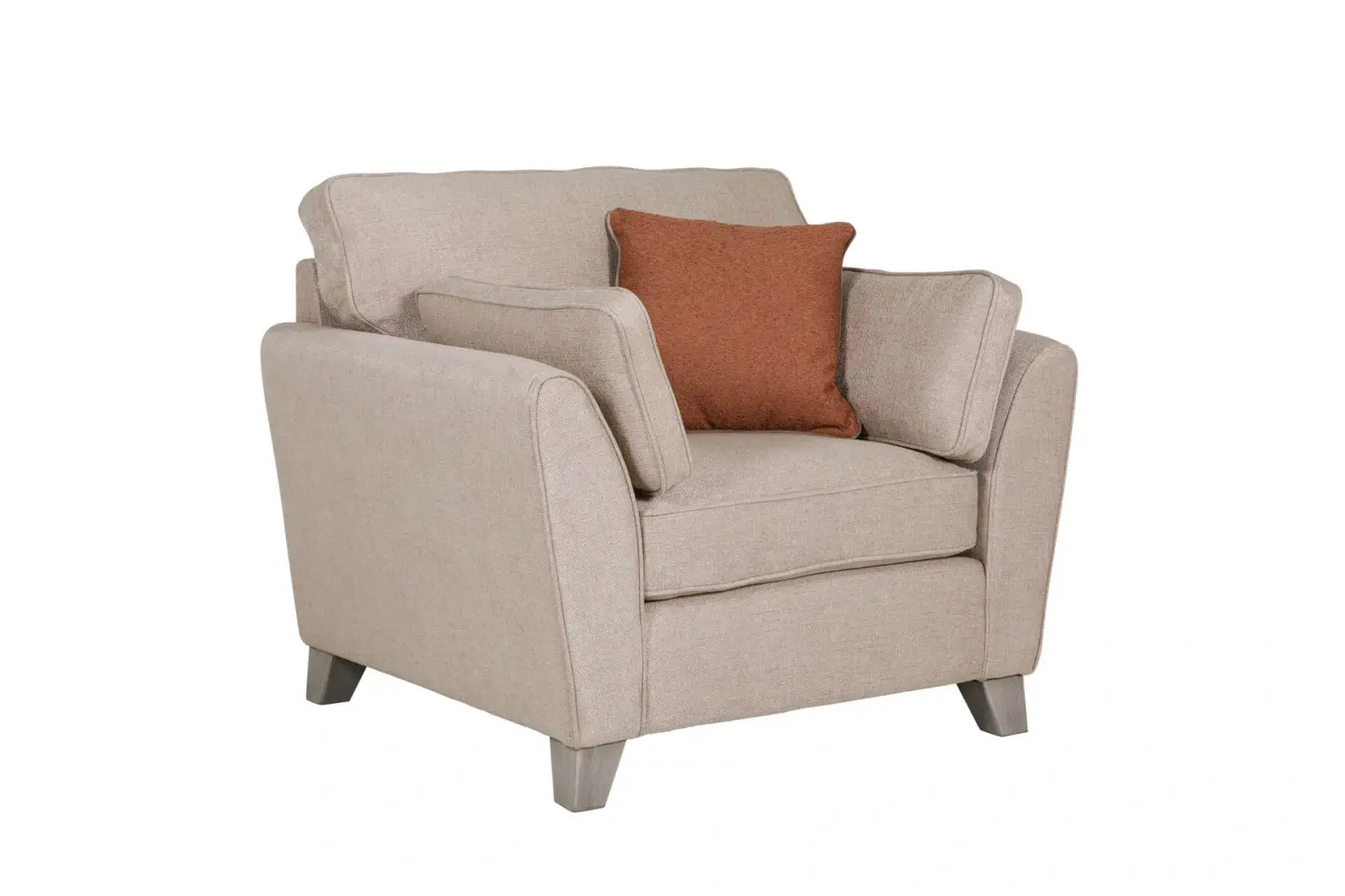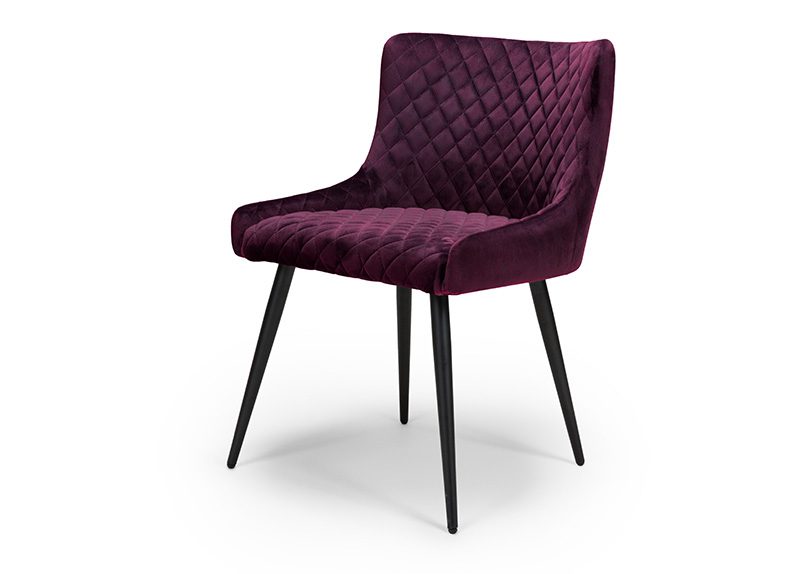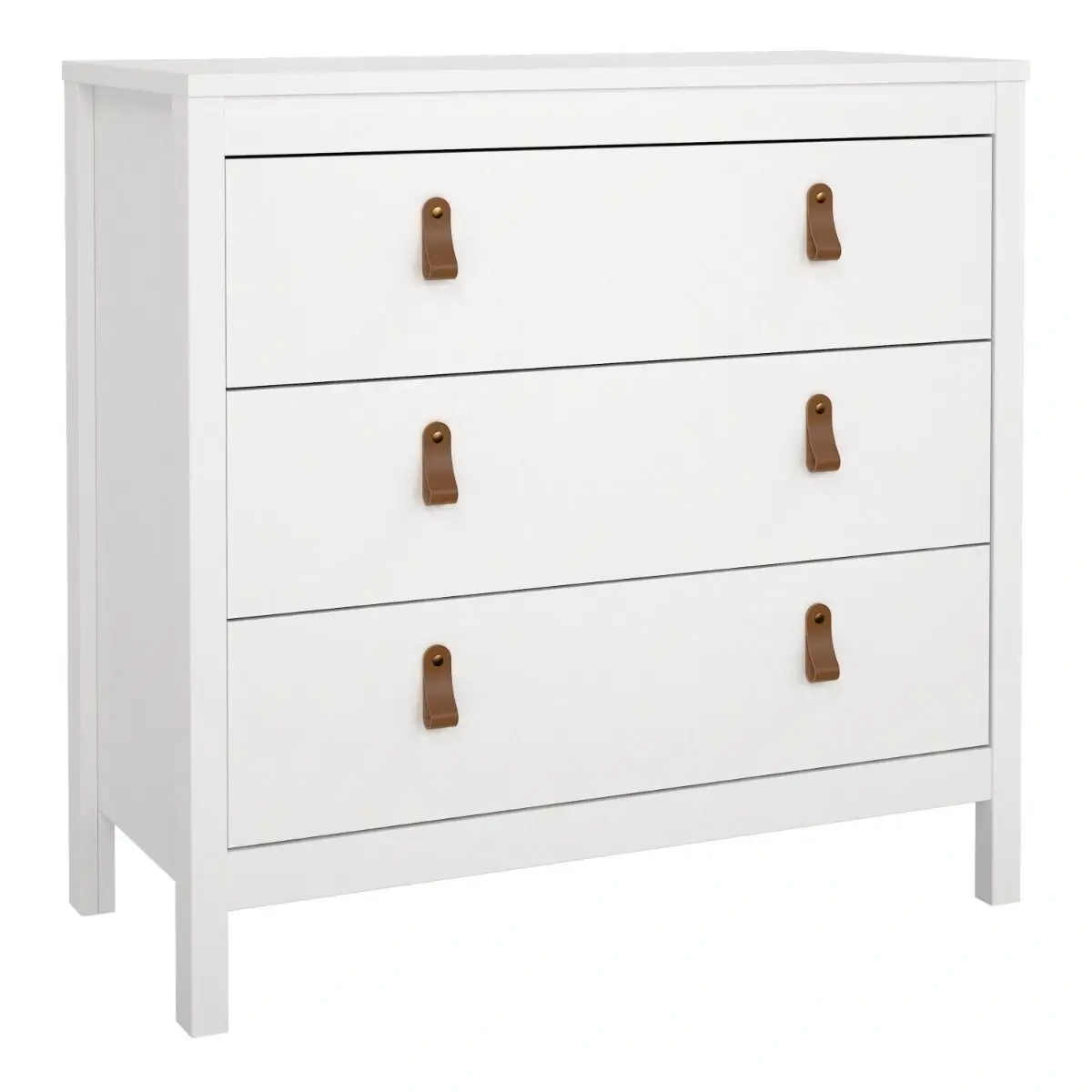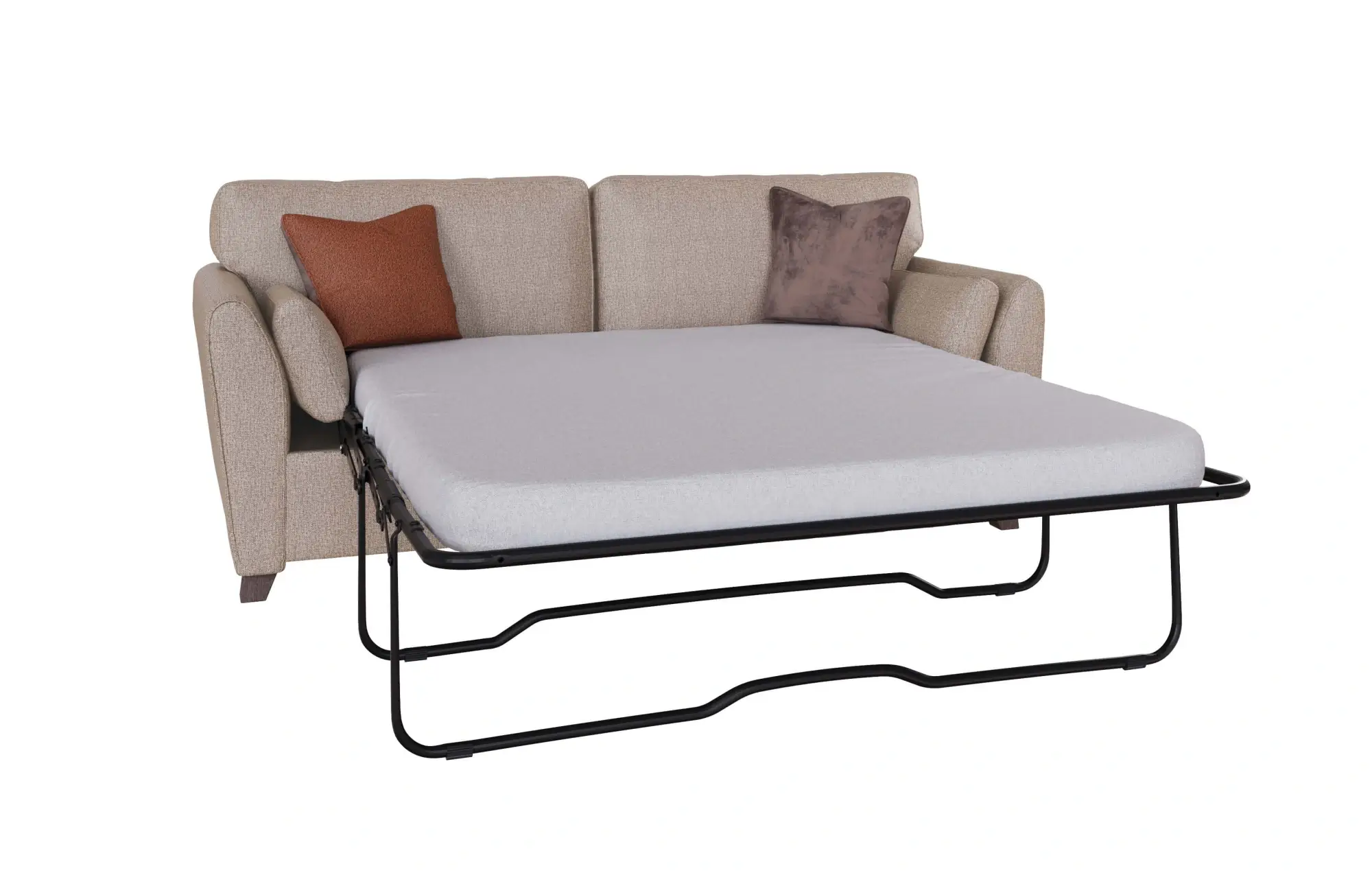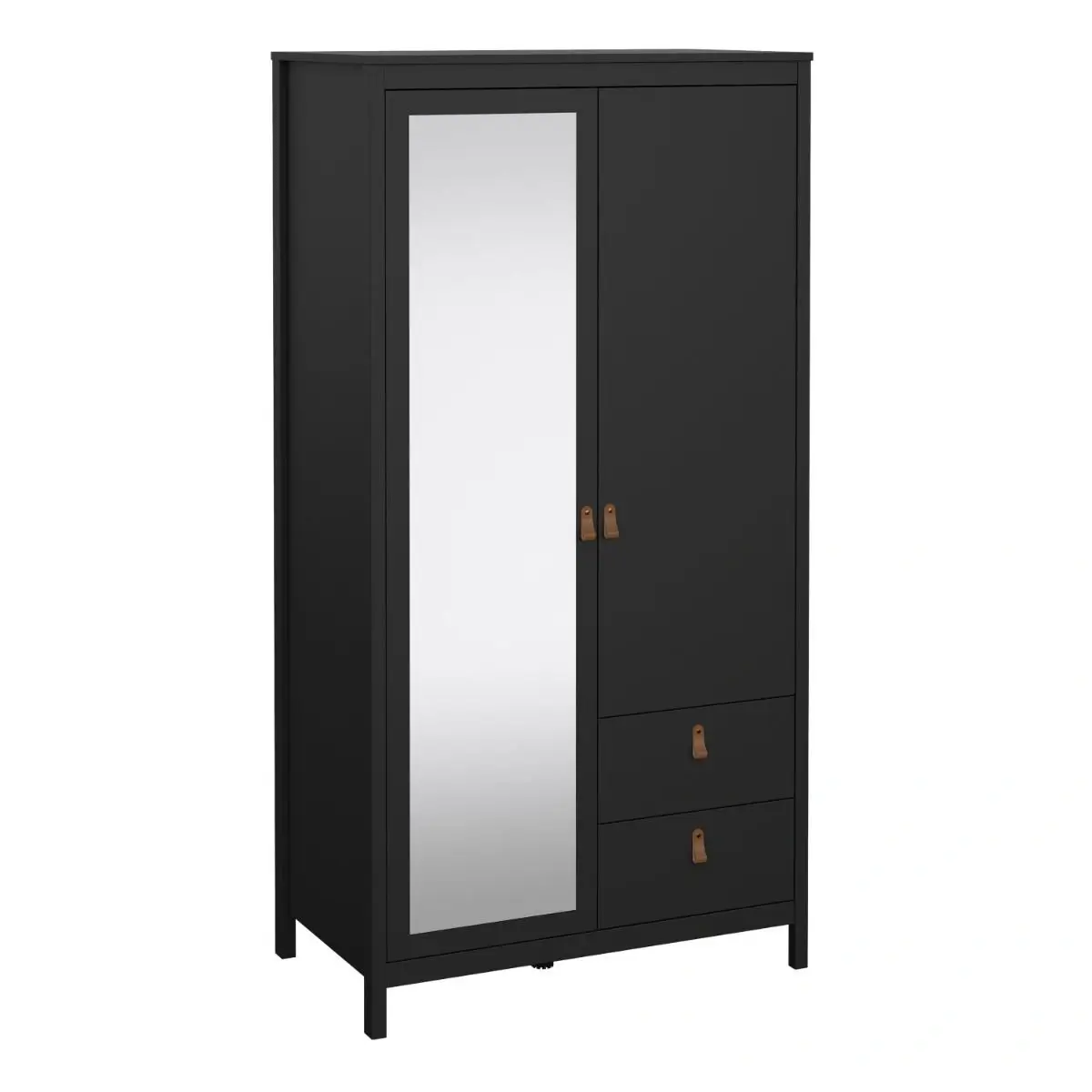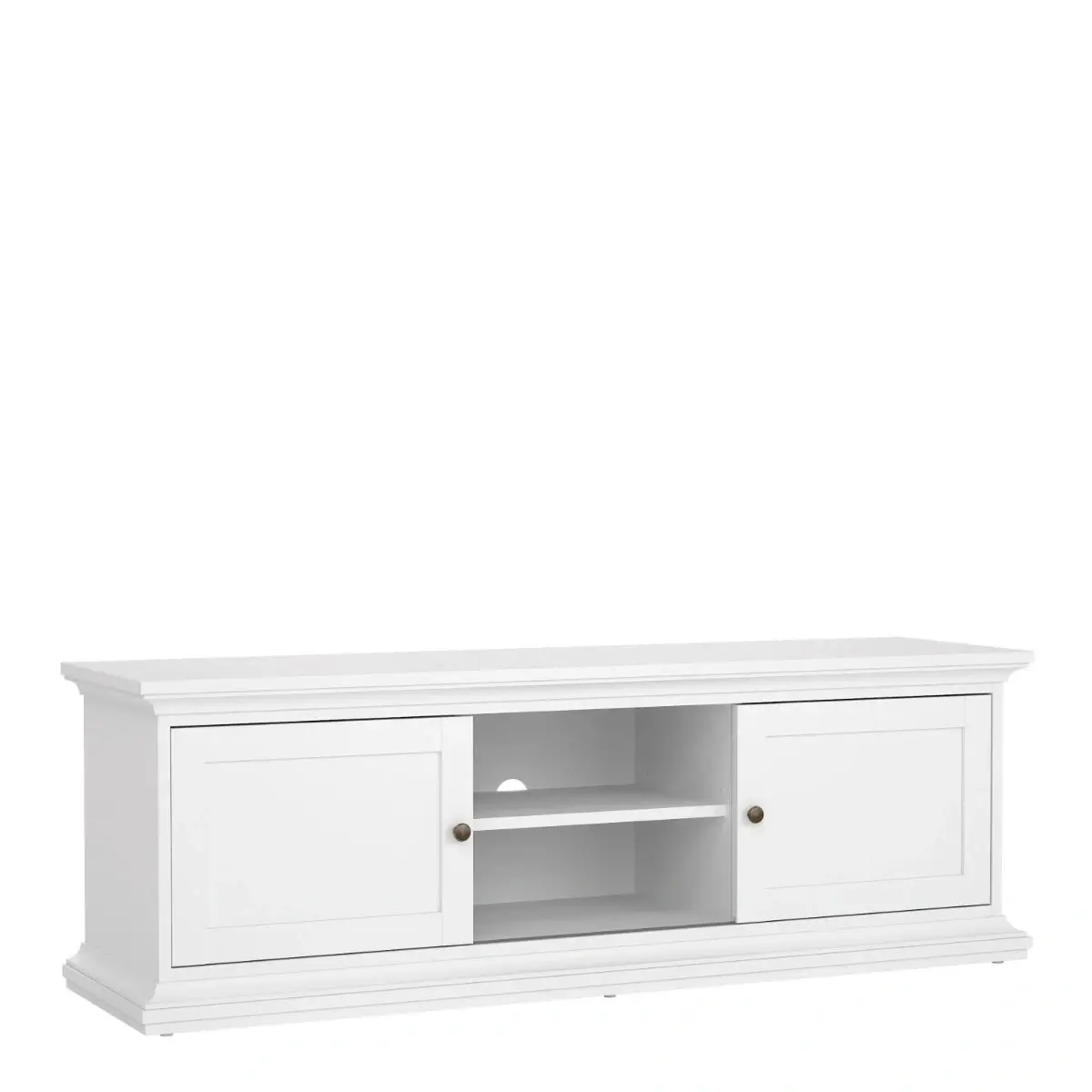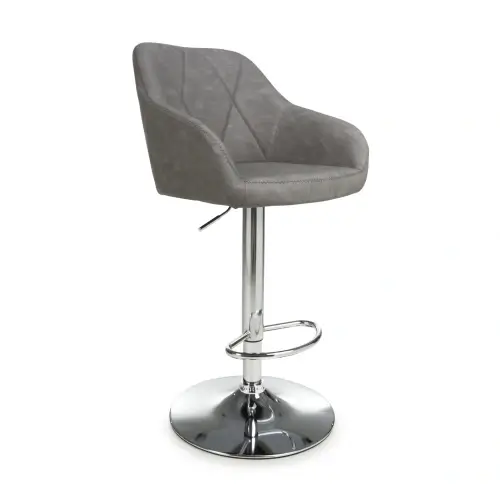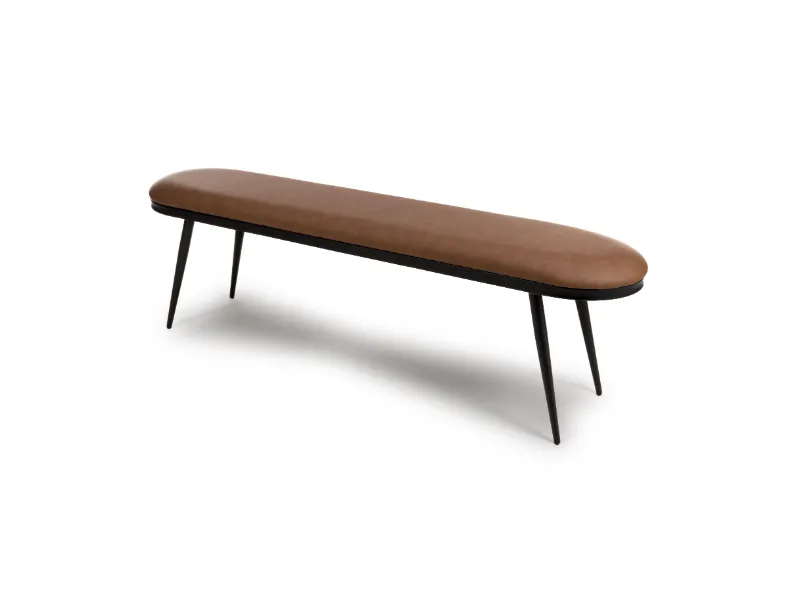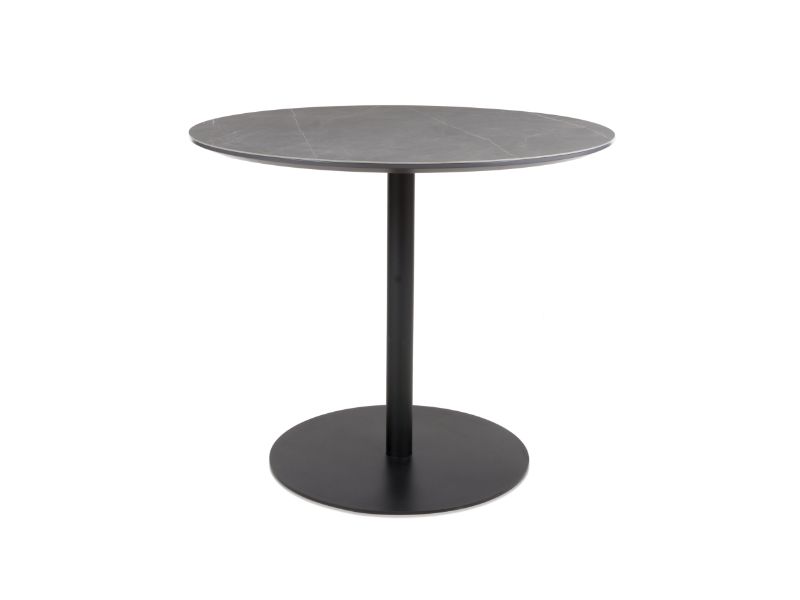How to Build Your Own LED TV Housing
LED TVs are a popular choice for entertainment systems due to their sleek design and superior picture quality. However, the housing of an LED TV is often overlooked when it comes to enhancing the aesthetics of the TV setup. In this blog, we will discuss LED TV housings and their importance in improving the look and feel of your entertainment space. We will also show you how you can build the perfect housing for your LED TV and use the best accessories in the market to create an incredible home theatre.
What are LED TV Housings?
LED TV housings refer to the outer shell of an LED TV. This includes the bezel, frame, and back panel. The bezel is part of the TV that surrounds the screen, while the frame is the support structure that holds the screen in place. The back panel is the area behind the TV that houses the internal components.
Why are LED TV Housings Important?
LED TV housings play a crucial role in improving the aesthetics of your entertainment space. They can help to blend the TV seamlessly into your home decor, making it a part of the overall design scheme. Additionally, the housing can protect the internal components of the TV, ensuring that it operates smoothly and efficiently.
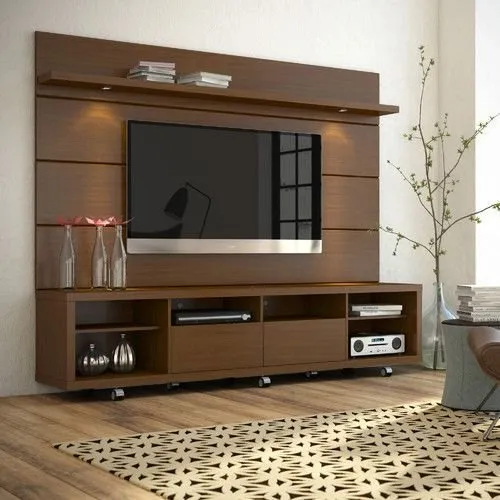
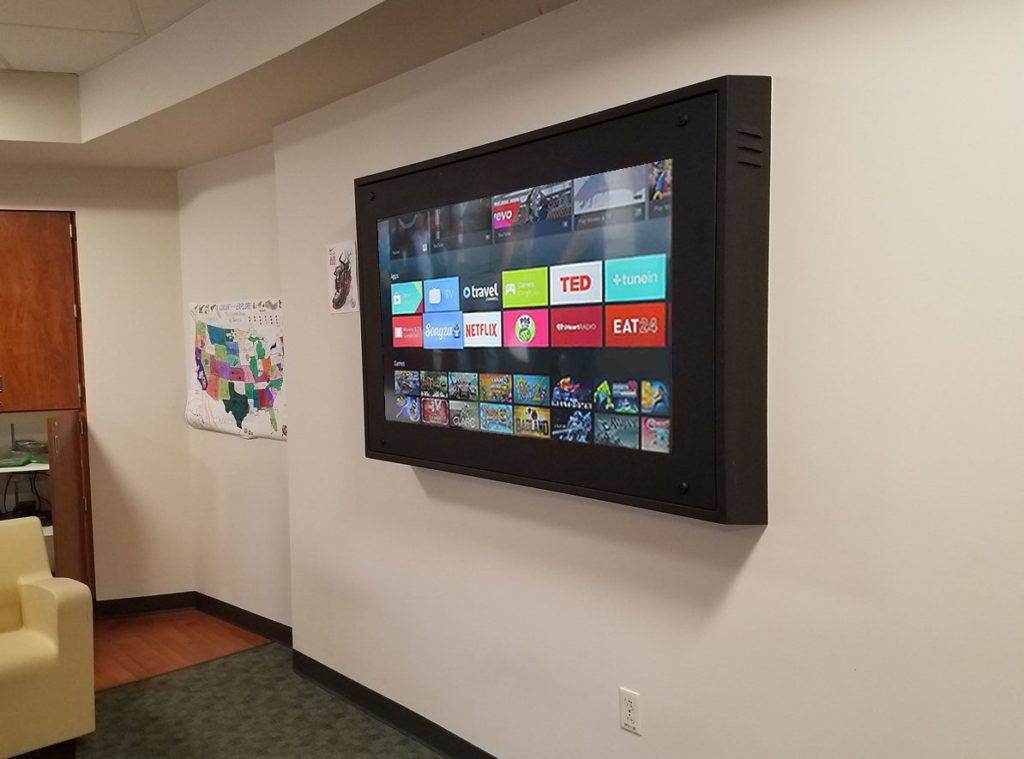
Types of LED TV Housings
There are various types of LED TV housings, including the following:
- Metal Housings: Metal housings are a popular choice for LED TVs due to their sleek and modern look. They are durable and provide excellent protection to the internal components of the TV.
- Plastic Housings: Plastic housings are lightweight and easy to manufacture, making them a cost-effective option. They are available in various colours and styles, allowing you to match the TV with your home decor.
- Wooden Housings: Wooden housings provide a warm and natural look to the LED TV. They can be customized to match your room’s existing furniture and decor.
- Glass Housings: Glass housings provide a stylish and sophisticated look to the LED TV. They can create a minimalist and modern look for your entertainment space.
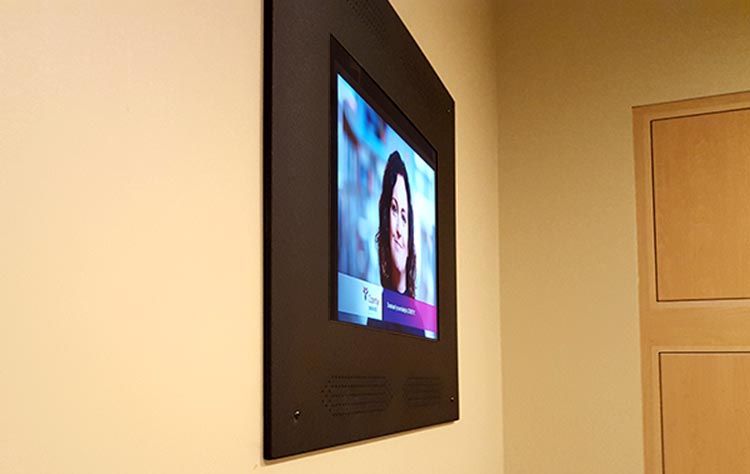

Here is a step-by-step case study of LED TV housing construction:
Materials Required:
- Plywood sheets
- Jigsaw or circular saw
- Measuring tape
- Pencil
- Screws
- Screwdriver
- Sandpaper
- Wood glue
- Wood putty
- Paint or stain (optional)
Step 1:
Measure and Cut Plywood Sheets – Measure the TV screen size and add a few inches to the width and height. Cut two plywood sheets to this size, which will form the top and bottom of the housing.
Step 2:
Measure and Cut the Sides and Back – Measure and cut four pieces of plywood for the sides and back of the housing. The height should be the same as the top and bottom pieces, while the width should be slightly less to allow for the thickness of the plywood.
Step 3:
Cut Out the TV Opening – Mark the centre of the top plywood piece and measure the TV screen size. Use a circular or a jig saw to cut out the opening in the top piece.
Step 4:
Assemble the Housing – Apply wood glue to the edges of the sides and back pieces and attach them to the top and bottom pieces. Use screws to secure the pieces together, making sure the corners are square.
Step 5:
Sand the Edges – Sand the edges of the housing to remove any roughness or splinters. Use fine-grit sandpaper for a smooth finish.
Step 6:
Apply Wood Putty – Fill any gaps or screw holes with wood putty using a putty knife. Let the putty dry, then sand it smooth.
Step 7:
Paint or Stain (optional) – You can paint or stain the housing to match your room decor if desired. Apply a coat of primer first, then apply paint or stain according to the manufacturer’s instructions.
Step 8:
Install the TV Set inside the housing and secure it with screws or brackets. Connect any necessary cables and test the TV to ensure it works correctly.
Overall, constructing an LED TV housing involves measuring, cutting, and assembling plywood sheets to create a sturdy and attractive enclosure for your TV. With the right tools and following the above steps carefully, you can build a custom housing that fits your TV perfectly and enhances the overall look of your room.
LED TVs are great for watching your favourite shows and movies, but sometimes they can be an eyesore in your home. Fortunately, several accessories can help enhance the aesthetics of your LED TV setup. Here are some of the best LED TV accessories to consider:
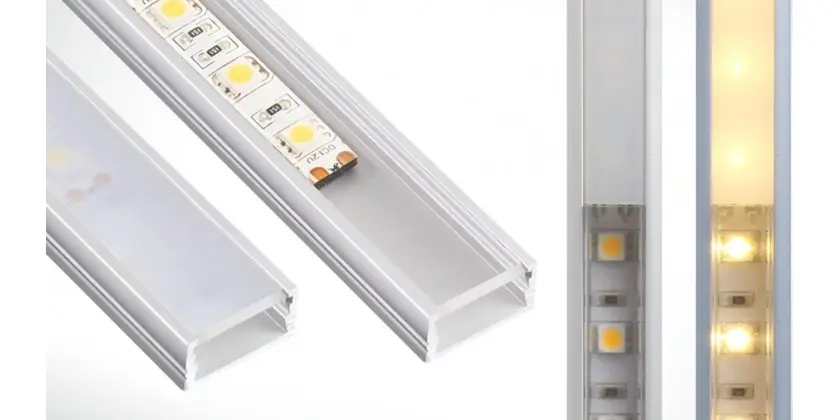
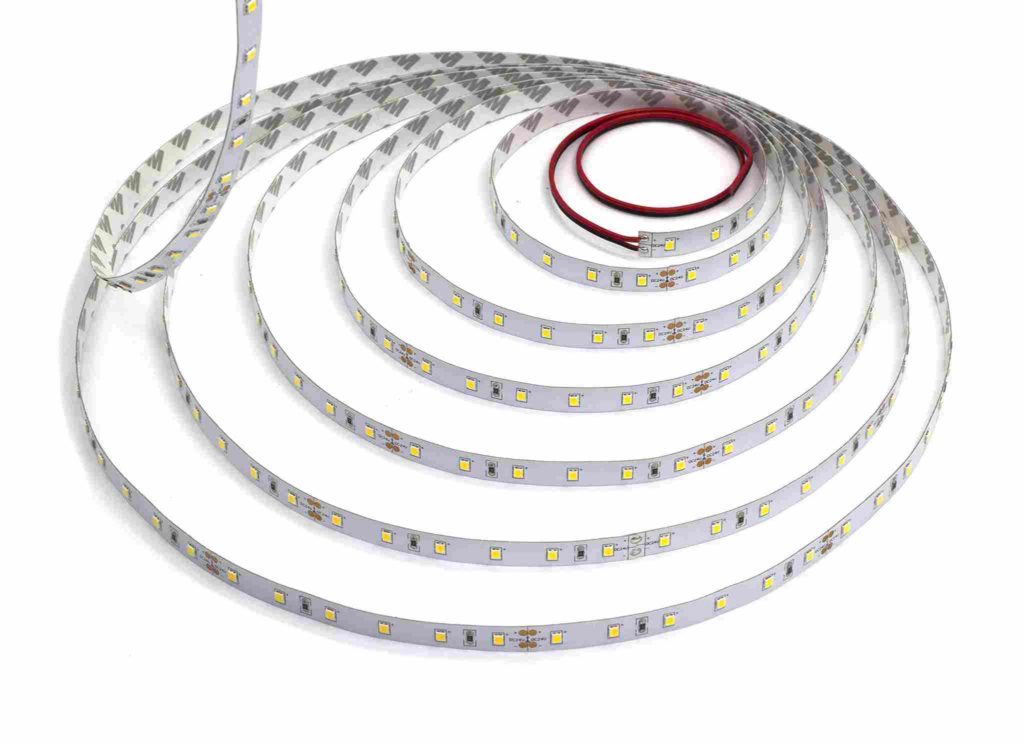
What are LED Profiles?
LED profiles are channels or housings that are designed to hold and protect LED strips while providing a professional, finished look. They are typically made of aluminium or plastic and come in various shapes and sizes, including linear, corner, and circular profiles.
LED profiles serve several purposes:
- They help in dissipating heat generated by the LED strips, which can improve the lifespan and performance of the LEDs.
- They protect the LED strips from damage and environmental factors such as dust, moisture, and UV radiation.
- They provide a neat and organized appearance to the LED installation and help to conceal wiring and connectors.
LED profiles can be used in various applications, including interior and exterior lighting, retail displays, signage, and architectural lighting. They can be installed using mounting brackets, clips, or adhesive tape and are often customizable to fit specific project requirements.
LED profiles are often combined with LED strips, which can be cut to the desired length and inserted into the profile. The resulting installation provides a sleek and professional look, with the light emitted from the LED strip being diffused and evenly distributed along the length of the profile.
What are LED Tapes
LED tape, also known as LED strip lights, is a flexible circuit board populated with small light-emitting diodes (LEDs) designed to provide lighting in various applications. LED tape is typically made up of a series of small LED chips mounted on a thin, flexible circuit board with adhesive backing for easy installation.
LED tape is available in various colours, including white, warm white, and RGB (red, green, blue). They can also be available in a range of brightness levels and can be dimmable, allowing for greater control over the lighting.
LED tape is often used for accent lighting, cove lighting, under-cabinet lighting, and backlighting. It is easy to install and can be cut to the desired length, allowing custom configurations to fit specific project requirements. Additionally, LED tape is often compatible with various controllers and dimmers, which can enable it to be integrated into larger lighting systems and allow for further customization of the lighting.
The low profile and flexibility of LED tape make it suitable for use in tight spaces or in applications where traditional lighting solutions may not be practical. It is also energy-efficient and long-lasting, making it a favourite choice for commercial and residential lighting applications.
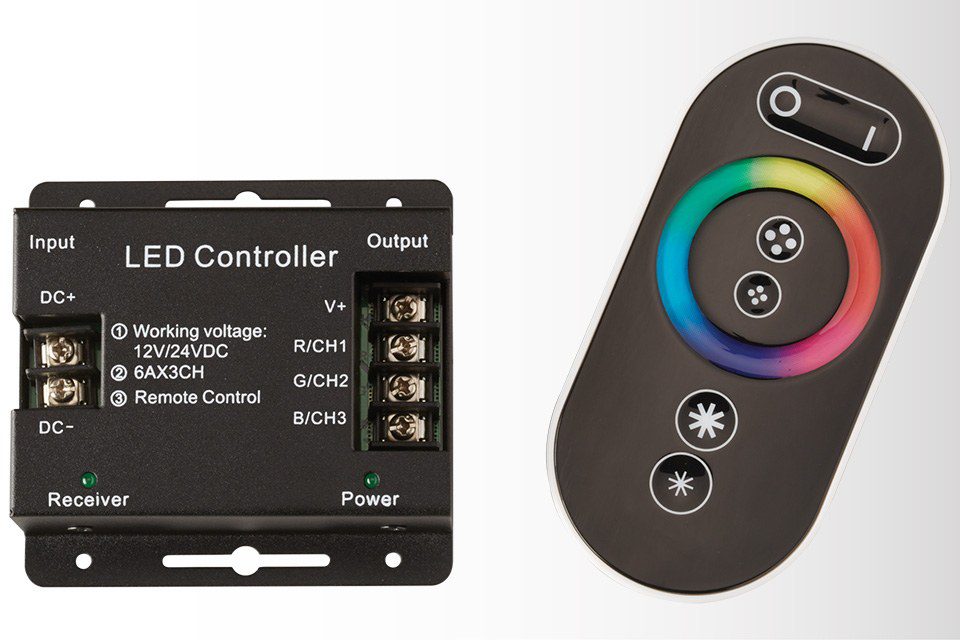
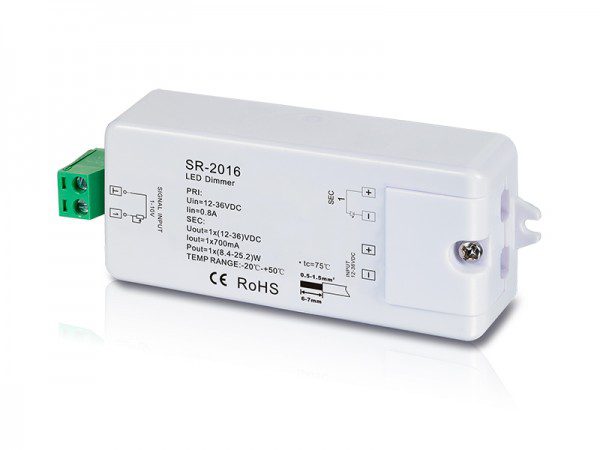
What are LED controllers and Dimmers?
LED controllers and dimmers are electronic devices that are designed to regulate the brightness and colour of LED lights. They provide a way to adjust the lighting output and create dynamic lighting effects for various applications.LED controllers are devices that allow you to change the colour, brightness, and mode of your LED lights. They typically come in two types: manual and digital. Manual controllers use buttons or knobs to adjust the lighting settings. In contrast, digital controllers are more advanced and allow for greater control over the lighting through a remote control or mobile app. Digital LED controllers often have a range of features, including the ability to set custom lighting programs, synchronize lighting to music, and adjust lighting according to the time of day or external factors like temperature or humidity.
On the other hand, LED dimmers enable you to adjust the brightness of your LED lights. They can be either manual or digital, with manual dimmers using a dial or switch to adjust the brightness and digital dimmers allowing for greater precision and control over the lighting output. LED dimmers can be used to create ambient lighting or to provide task lighting, such as in-home theatres, where you may want to reduce the brightness of the lighting to improve the viewing experience. Dimming also helps reduce energy consumption and increase LED lights’ lifespan.
LED controllers and dimmers can be used with various LED lighting applications, including LED tape, LED bulbs, and LED fixtures, and are essential to creating dynamic and flexible lighting designs.
So, there you have it, the perfect way to build your LED TV housing using the best accessories.


